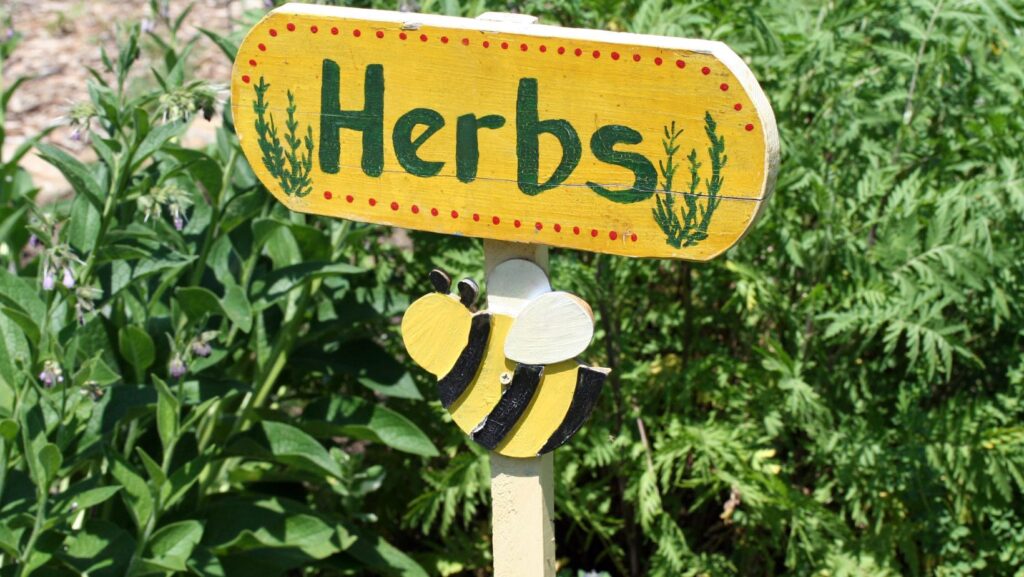Starting an herb garden is a rewarding and accessible way to bring fresh flavors into your kitchen. Whether you have a spacious backyard or a small windowsill, you can cultivate aromatic herbs that enhance your cooking and provide numerous health benefits, especially when you consider the added motivation of giveaway prizes for gardening enthusiasts. For those looking to elevate their herb garden setup, modern outdoor planter boxes provide a sleek, stylish option for growing flavorful plants while maximizing space and design. By choosing easy-to-grow herbs like basil, thyme, oregano, and mint, you can create a thriving garden with minimal effort.
Herb gardens offer flexibility in terms of space and maintenance. You can start with a few pots on your patio or dedicate a section of your existing garden to these versatile plants. Many herbs are perennial, meaning they’ll return year after year, providing a sustainable source of fresh ingredients for your culinary adventures.
To begin your herb garden journey, focus on preparing the right soil and selecting a location with adequate sunlight. Most herbs prefer well-draining soil and at least 6 hours of direct sunlight daily. By understanding these basic requirements and choosing beginner-friendly varieties, you’ll set yourself up for success in your herb gardening endeavors.
Getting Started with Your Herb Garden
Starting an herb garden is rewarding and straightforward. Proper herb selection, understanding basic growing principles, and correct planting techniques are key to success. Let’s explore these essential steps to create your thriving herb garden.
Selecting the Right Herbs
Choose herbs that suit your culinary preferences or medicinal goals and growing conditions. Popular choices include basil, parsley, thyme, rosemary, mint, oregano, and cilantro. Consider a mix of annual herbs like basil and dill, as well as perennials such as sage and chives.
For beginners, start with 4-5 herb varieties. Basil is versatile and easy to grow. Mint spreads quickly, so plant it in a container. Rosemary and thyme are drought-tolerant and ideal for sunny spots.
Medicinal herbs like chamomile and lemon balm can add variety – consider taking a Master Herbalist course if you want to dive deeper into this fascinating application of herbs.
Remember to research each herb’s specific needs before planting.
Understanding Herb Garden Basics
Herbs thrive in full sunlight, typically requiring 6-8 hours of direct sun daily. Choose a location with good drainage to prevent waterlogged roots.
Most herbs prefer slightly acidic to neutral soil (pH 6.0-7.0). Improve your soil by adding compost or well-rotted manure. This enhances drainage and provides nutrients.
Water deeply but infrequently. Allow the soil to dry between waterings. Overwatering can lead to root rot and poor herb flavor.
Herbs generally don’t need much fertilizer. Too much can reduce essential oil production, affecting flavor and aroma.
Planting Your Herbs
Prepare your garden bed by removing weeds and loosening the soil. Create mounds or raised beds if drainage is a concern.

For seeds, sow directly in the garden after the last frost date. Plant at the depth indicated on the seed packet. Thin seedlings as they grow.
When planting seedlings, dig holes twice the size of the root ball. Gently loosen the roots before placing them in the hole. Backfill with soil and water thoroughly.
Space plants according to their mature size. Basil needs about 12 inches, while rosemary may require 24-36 inches.
Consider companion planting. Basil grows well with tomatoes, while chives can deter pests from roses.
Cultivating and Expanding Your Garden
Creating a thriving herb garden requires attention to environmental factors, thoughtful design, and ongoing care. You’ll need to focus on soil preparation, light conditions, and strategic planting to maximize your herb garden’s potential.
Creating the Ideal Environment
Start by selecting a location with ample sunlight. Most herbs need 5-6 hours of direct sun daily. Prepare your soil by testing its pH level, aiming for slightly acidic to neutral (6.0-7.0). Improve drainage by adding organic matter like compost. Be cautious of overwatering, as herbs prefer well-drained soil.
For container gardening, use a high-quality potting mix. Ensure proper drainage holes in pots. Indoor herb gardens require bright windowsills or grow lights.
Consider raised beds for better soil control and easier access. They’re particularly useful if your native soil is poor or heavy clay.
Herb Garden Design and Layout
Plan your layout based on herb sizes and growth habits. Place taller herbs like dill or lovage at the back, with shorter varieties in front. Group herbs with similar water and light needs together.
Try vertical gardening to maximize space. Use wall-mounted planters or tiered stands. This works well for small spaces or balconies.

For visual appeal, mix textures and colors. Combine feathery dill with broad-leaved basil. Add pops of color with edible flowers like nasturtiums.
Consider companion planting. Some herbs, like basil and parsley, grow well together and can enhance each other’s flavors.
Maintaining and Expanding Your Collection
Regular pruning encourages bushier growth and prevents herbs from becoming woody. Harvest frequently to promote continued production. Remove any flowers unless you’re saving seeds.
Fertilize sparingly. Most herbs prefer lean soil, which develops stronger flavors without excess nutrients. Use a balanced, organic fertilizer if needed.
Implement natural pest control methods. Companion planting can help deter pests. Use neem oil or insecticidal soaps for severe infestations.
Expand your collection gradually. Start with easy-to-grow herbs like basil, mint, and chives. As you gain confidence, try more challenging varieties like rosemary or thyme.
Experiment with different cultivars of your favorite herbs. Try lemon thyme or purple basil for unique flavors, medicinal purposes, and visual interest.
